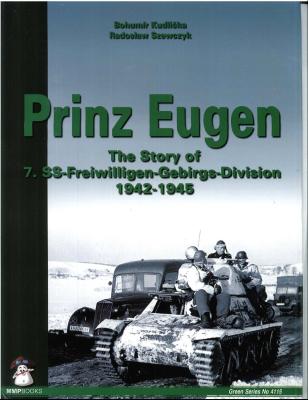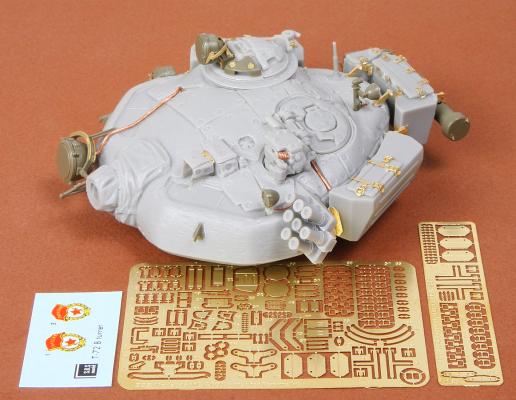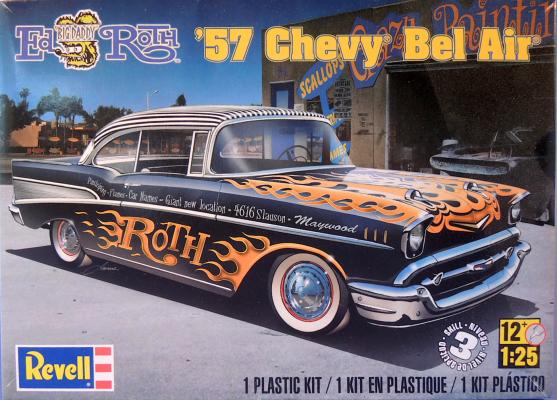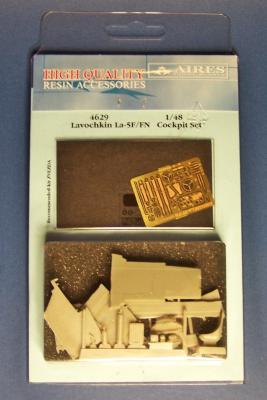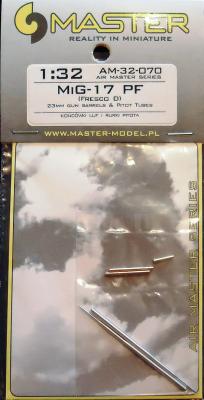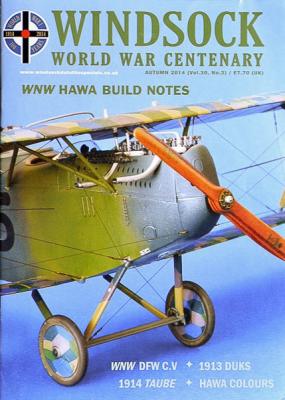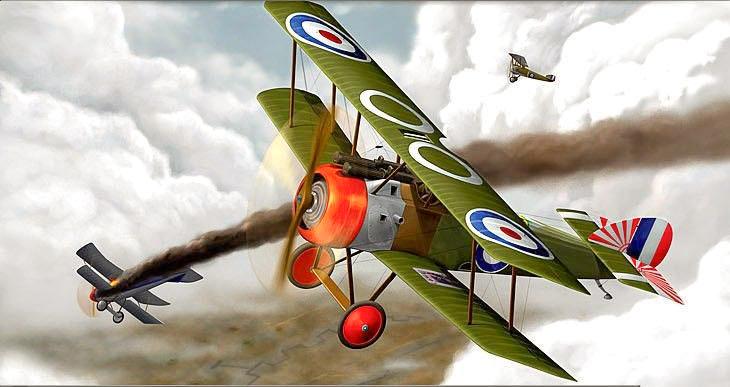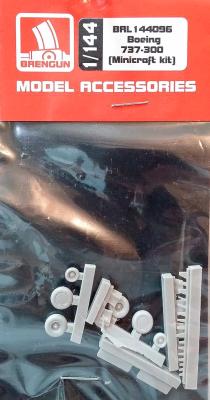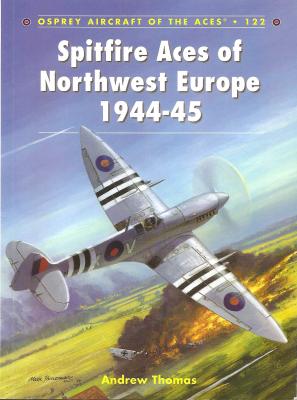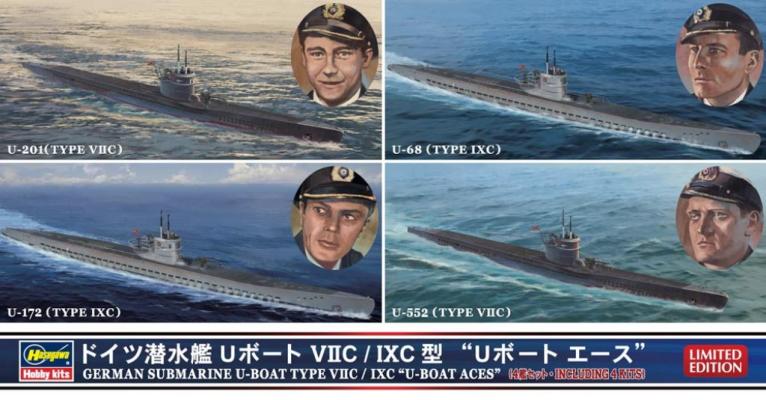“The 7th SS Volunteer Mountain Division Prinz Eugen was a German mountain infantry division of the Waffen-SS, the armed wing of the German Nazi Party that served alongside but was never formally part of the Wehrmacht during World War II. Formed in 1941 from Volksdeutsche (ethnic German) volunteers and conscripts from the Banat, Independent State of Croatia (NDH), Hungary and Romania, it fought a counter-insurgency campaign against communist-led Yugoslav Partisan resistance forces in the Territory of the Military Commander in Serbia, NDH and Montenegro. It was given the title Prinz Eugen after Prince Eugene of Savoy, an outstanding military leader of the Habsburg Empire who liberated the Banat and Belgrade from the Ottoman Empire in the Austro-Turkish War of 1716 1718. It was initially named the SS-Freiwilligen-Division Prinz Eugen (SS-Volunteer Division Prinz Eugen). This lavishly illustrated book tells the story of this unit and its operations.
What's New
This is not the first turret conversion I’ve dealt with for the ubiquitous Russian T-72 tank in 1/35th scale. Dragon Models, which was one of the first companies to come out with something resembling a real T-72 tank in this popular scale, even at the time realized that the turret was an extremely elusive shape to model accurately, and almost immediately released their own resin revision. I don’t pretend to be an expert on modern Soviet armor, so this review is going to be mostly based on my observations about this specific kit and what it offers.
This specific version of the turret depicts the T-72 turret as it was modified in preparation for the stand-off armor bricks that were to be added later. It featured the much thickened front cheeks as well as the moving of the smoke grenades to a plate on the left side of the turret. It also has passive armor “blanketing” over a good portion of the turret – an especially hard modification to scratch yourself.
This is a tough kit to assemble. Not that it's difficult, but the parts are rough, fit loose, and require a lot of cleanup of flash and ejection pins. Several of the parts have a copyright date of 1973 and the years have not been nice to this kit. The kit has some interesting detail, particularly on the engine and its internal compliments, but the molding has lost a lot of detail. There’s lots of flash to clean up and some of the ejection pins are almost big enough to have their own part number. The part fit is loose and difficult to align correctly.
The kit has options for three different versions: street, Roth, and a drag version. Kit includes choice of three different engine intakes and has opening doors and trunk lid.
From Revell’s website:
The Product
My sample arrived in the standard blister pack commonly associated with Aires brand resin sets. Its contents were well protected and intact. This multi-media set is comprised of cast resin parts, a photo-etch fret and a small printed acetate film featuring the instrumentation dials and gun sight reflector glass. The small blue fold out instruction sheet is clearly printed and easy to understand. The resin parts have delicate details and look very nice. They include: a seat, seat back pad, oxygen bottles, radio set, armor plate, internal structures, complete sidewall replacement panels, flare gun, control stick, gun sight and forward instrument panel structure. The photo-etch fret is equally as nice and it includes; instrument panel face, complete seat harness, trim wheels, lots of levers, rear view mirror, rudder pedals with straps, charging handles and other nostalgic items.
Anyone who has tackled the old Trumpeter MiG-15 or MiG-17 can tell you that these are not models that fall together easily. They are quite challenging and need quite a bit of care to achieve something reasonably accurate. However, since they don’t typically cost an arm and a leg, they can be fun to tackle. Personally, I like the challenge.
Windsock World War Centenary Autumn 2014 is the third issue of Volume 30. Albatros Productions bills it as their “packed Autumn edition” because it provides readers with a great variety of top-notch modeling know-how and unique reference material. Packed is not a boast; this issue delivers a wealth of WWI aircraft modeling information along with historical and technical references.
Many moons ago, long before Roden or Wingnuts, Hobbycraft made the first generally available, inexpensive plastic kit of a World War 1 aircraft in 1/32 scale. As an avid large scale aircraft enthusiast, I was thrilled to see the Sopwith Camel model hit the shelves and was delighted by the Nieuport 17 and Spad XIII that followed. Unfortunately, they didn’t pursue this line very far, ultimately releasing a Fokker Triplane that proved virtually unbuildable. Since then, of course, other companies have jumped on this bandwagon and done very well, although the prices asked have more often than not deterred me from adding their offerings to my collection.
The 737 really needs no introduction, and the modeling community is blessed with everything from the 737-200 all the way up to the 737-800. Both Minicraft and Daco offer 737-300 and 737-400 kits. Daco also offers a 737-500. Brengun has released this little resin detail set primarily for the Minicraft 737-300. The detail set includes new, crisper wheels/tires, landing gear doors, and a plethora of antennas. The molding is very fine.
The wheels and tires look very similar to the Minicraft parts, but they have a slightly finer edge between the wheel and tire, which makes painting much easier. The landing gear doors are very fine and thin. Take special care removing them from their pure stubs; I was trying to be careful and still broke one of the main landing gear doors. The set of antennas includes more antennas than you would use on a single 737. Take a close look at your references before choosing which antennas to use.
Osprey has produced so many different “Aces” titles at this point, that the remaining subjects are becoming very narrow indeed. This new volume, as the title says, covers Spitfire Aces of Northwest Europe during 1944-45, and even more specifically the Spitfires covered are limited to Marks V, VII, IX, and XVI (all Merlin-engined).
Background
Characterized as the longest naval battle in history by British Prime Minister Sir Winston Churchill, The Battle of the Atlantic was conducted from the outbreak of war in Europe in 1939 through the defeat of Nazi Germany in 1945. Crucial to the survival of Great Britain was the island nation’s ability to receive military and general material aid from North America via the sea lanes of the Atlantic Ocean. To disrupt and ultimately destroy this sea bridge, the German navy engaged in a ruthless and relentless campaign of unrestricted submarine warfare against merchant and military shipping carrying aid to the British Isles. Two of the most effective and prominent German unterseeboot (U-Boat) designs of the period were the Type VIIC and Type IXC boats, both providing extremely lethal and efficient fighting platforms for many of Nazi Germany’s celebrated “U-Boat Aces.”

